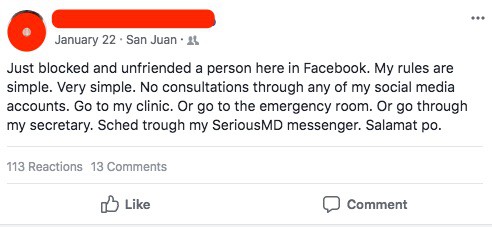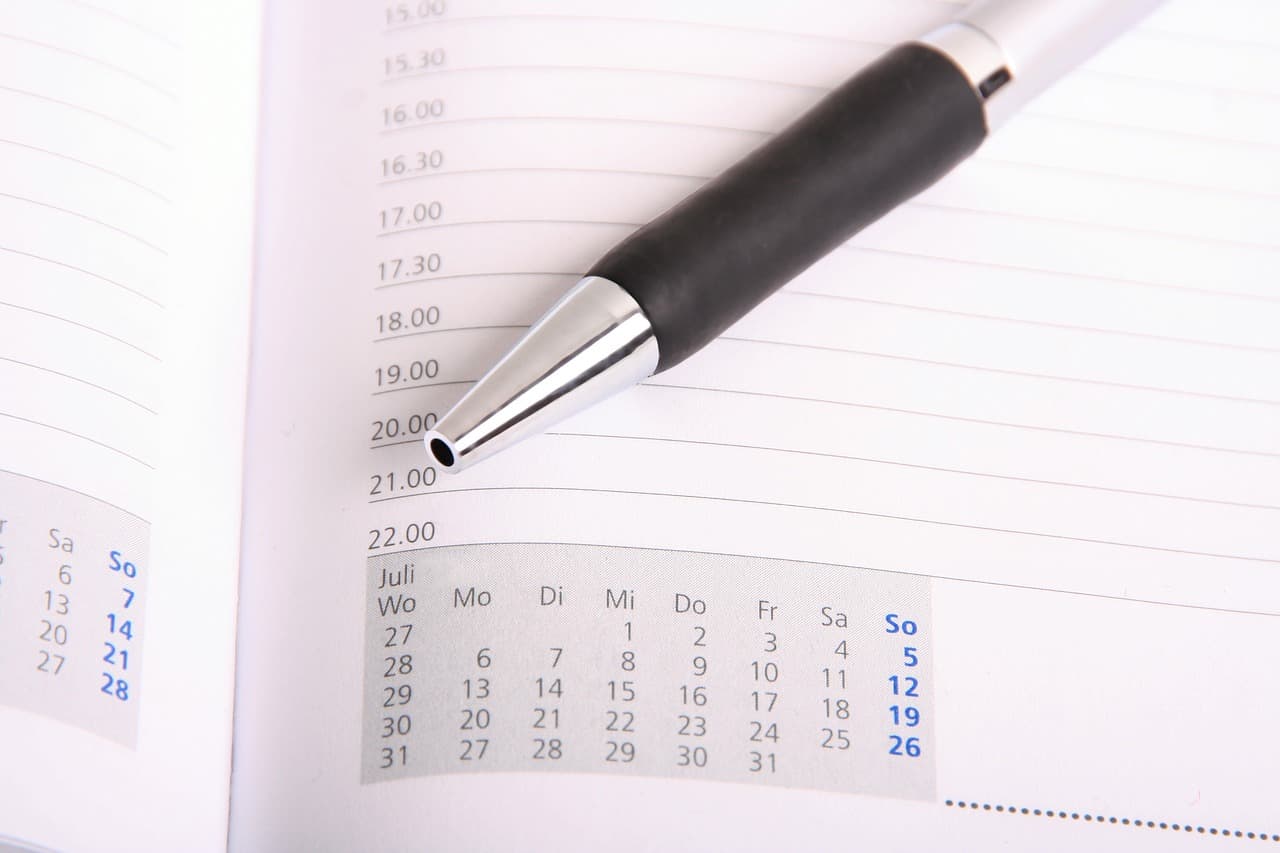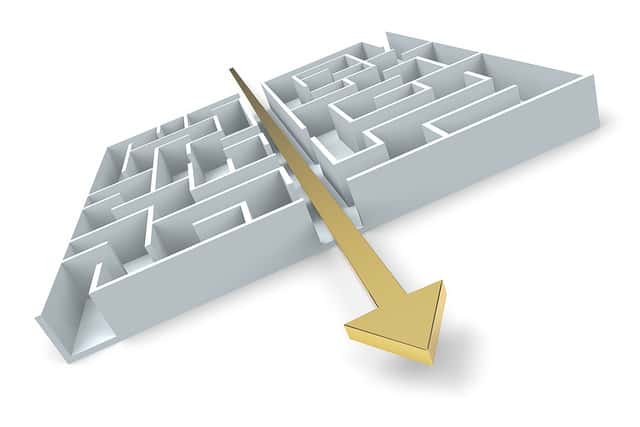I’m not a doctor. I haven’t attended a single minute of medical school and I’m not married to a doctor. But!
But I’ve been around doctors almost every day for over 2 years now, thanks to SeriousMD.
I’ve seen a variety of personalities & attitudes. I’ve seen all these different doctors dealt with their patients.
Most of the time, doctors are engaged and in many cases, can communicate well. There are times though, when doctors might not look so into it, which may be perceived by the patient as the doctor not caring about them.
One thing is for certain: doctors DO care about their patients.
It’s just that when you do something everyday, you burn out. It’s similar to how everybody eventually feels in their own line of work.
Physician burnout happens. It’s even happening more often. A survey from last year actually shows the number of doctors reporting burnout to have gone up by 25% in just 4 years.
That’s why, if you’re a doctor, separating your professional from your personal life is a must. Don’t get me wrong, I’m not saying you can’t help people in need outside your time of work. But it’s much easier to help people when you aren’t in urgent need of help yourself. Doctors need to take care of themselves too.
For your usual daily routine, you can take simple steps to make it clear that your professional life and your personal life are completely separate. If you’re a doctor in need of advice on this subject, try the following tiny changes.
Tips on Separating Your Personal and Professional Life
Make It Clear to Your Patients When or If You Can Be Contacted
Most doctors will give a private mobile number to their patients but many forget to mention (or are not vocal) about not being contacted unless it’s an emergency. Some will put a note in the prescription. Some will just say to text them first. Every doctor will have his or her own preference.
You just need to communicate that preference clearly to your patients.
From what I’ve seen the past couple of years, the doctors I met who are the happiest are usually the ones who made the boundary clear to patients at the start of their relationships. Make it simple and just tell the patient about your boundaries. Most of the time, they will understand… unless they actually forget, which can also happen.
Clarify Your Availability/Nonavailability on Social Media
This technically falls in the previous item, but it’s important enough to get its own section. It’s not uncommon for patients to “friend” their doctors on Facebook or to retweet them on Twitter. The problems occur when they also think consultations can happen over the social network.

Many doctors use social media for entertainment, to relieve stress, to connect with their med school buddies and to promote their advocacies. It should not be a place to get a free consult. Just remember, though: your patients won’t know unless you tell them that.
Use Time-Based Appointments & Follow Them
This may not be for everybody but try implementing a strict time-based appointment set-up. It’s to let your patients see that they need to value your time and show that you value their time as well.
It’s definitely not for everyone and it may be hard to implement. Try doing it for a day per week to get started. Get an appointment book and get used to using it!

SeriousMD itself has this built into the app, by the way.
Old habits die hard so you will have to be aware and correct it once you start to stray off the path. Arrive early or on time and monitor how much time you need per new consult or follow up. That’ll give you an idea of how many minutes you need on average depending on the type of consultation.
Once you get used to doing this, you’ll get a clearer delineation between your work hours and “off” hours. It’s important to get those “off” hours, or you will find yourself bringing work back home with you.
Consider Optimizing Your Existing Systems
By system, I mean something with a process, not just EHR software. The idea is to get your business running as efficiently as possible.

Most systems have detours that you can cut down for optimal efficiency. It’s just a question of finding the right path.
Look at other “systems” you have running already that can be optimized, such as how you handle inventory or perhaps how you reduce no shows (if you have a process of texting patients a day before an appointment, for example). Perhaps you find yourself switching to your phone in the middle of a consult to send a message to your secretary via Viber to tell her not to charge the patient coming out?
These are things that can be optimized or automated to save time. Develop procedures for them. The more likely you are to deal with a task in your office, the more reason there is to streamline the process for it. This can cut down the amount of work you have, which means less chance of burnout.
Trim the Fat Away
Ever thought that something in your practice just never works the way you want it to? It may be time to evaluate that, since it could be a cause of burnout for you in the future.
This can be a painful process: you might have to give up something if it really won’t change. That secretary who just won’t function effectively, for instance, or that antiquated software you’ve worked with for a year. Give things a good, hard look to see if they can still be improved or fixed. If not, it’s time for a change.

No one really needs this much fat!
Take note that this means looking at yourself too. There may be things in your attitude that don’t serve you as well as you think. How often do you brush off other people’s concern when they ask you if you’re tired, for instance? How many times do you put work first at the expense of your rest and family time?
It’s time to get rid of what doesn’t help you and take on board only the things that do. It may seem sometimes as if that’s impossible, but not necessarily.
Look at the motto most physicians have, for example: put the patient first. While that helps you at the workplace, it won’t help to keep it as your motto during your “off” hours. When you’re out of the clinic, why not replace it with a different motto, like putting yourself and family first? That won’t betray your profession and is also likelier to keep you in top shape for the times when you do have to see patients.
At the end of the day, that’s what it’s all about: happier, healthier physicians serving their patients to the best of their abilities. Burning yourself out won’t help anyone, least of all your patients. That’s why physicians need to remember to care for themselves too.

